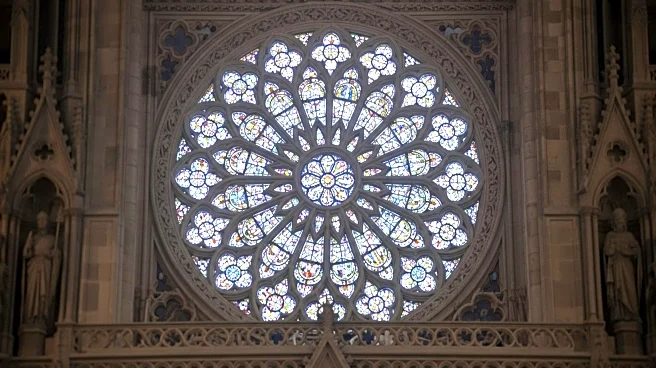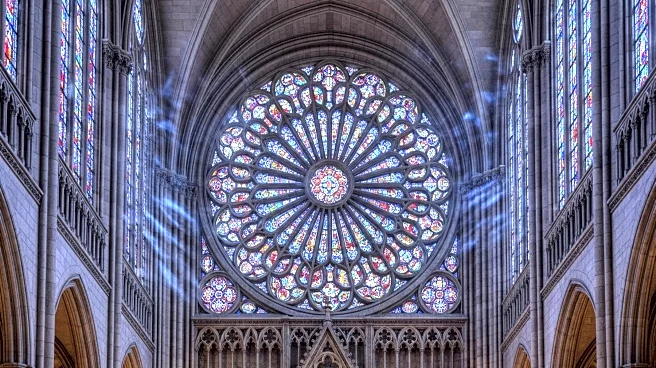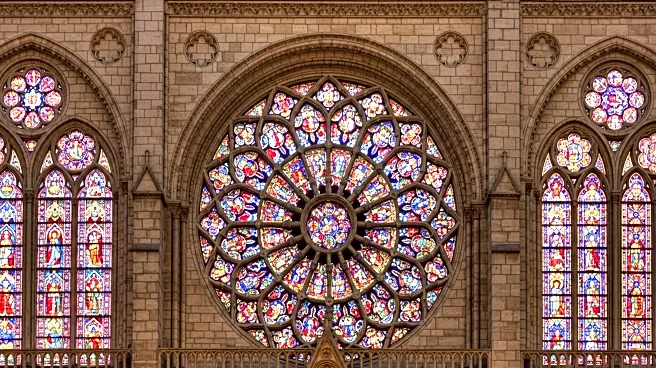Notre Dame Cathedral, a masterpiece of French Gothic architecture, has left a significant footprint on both cultural heritage and architectural design. Its geographic reach, institutional presence, and impact on society and the environment highlight its enduring importance.
Geographic Reach
Notre Dame Cathedral is located on the Île de la Cité in the River Seine, in the heart of Paris, France. Its geographic reach extends beyond its physical location, attracting millions of visitors from around the world who come to admire its architectural beauty and historical significance.
Institutional Presence
As the cathedral church of the Roman Catholic Archdiocese of Paris, Notre Dame holds a prominent institutional presence in the religious community. It serves as a center for worship and cultural events, playing a vital role in the spiritual life of Paris and the broader Catholic tradition.
Economic and Social Footprint
Notre Dame Cathedral's economic footprint is evident in its status as a major tourist attraction, drawing approximately 12 million visitors annually. This influx of tourists contributes to the local economy, supporting businesses and cultural institutions in Paris. The cathedral's social footprint is reflected in its role as a symbol of French culture and history.
Environmental or Community Impact
The environmental impact of Notre Dame Cathedral is primarily related to its restoration efforts following the 2019 fire. These efforts focus on preserving the cathedral's historical authenticity while incorporating modern safety measures. The community impact is evident in the global support for restoration, highlighting the cathedral's significance as a cultural landmark.
 Discover Daily • 7 min read
Discover Daily • 7 min read 










